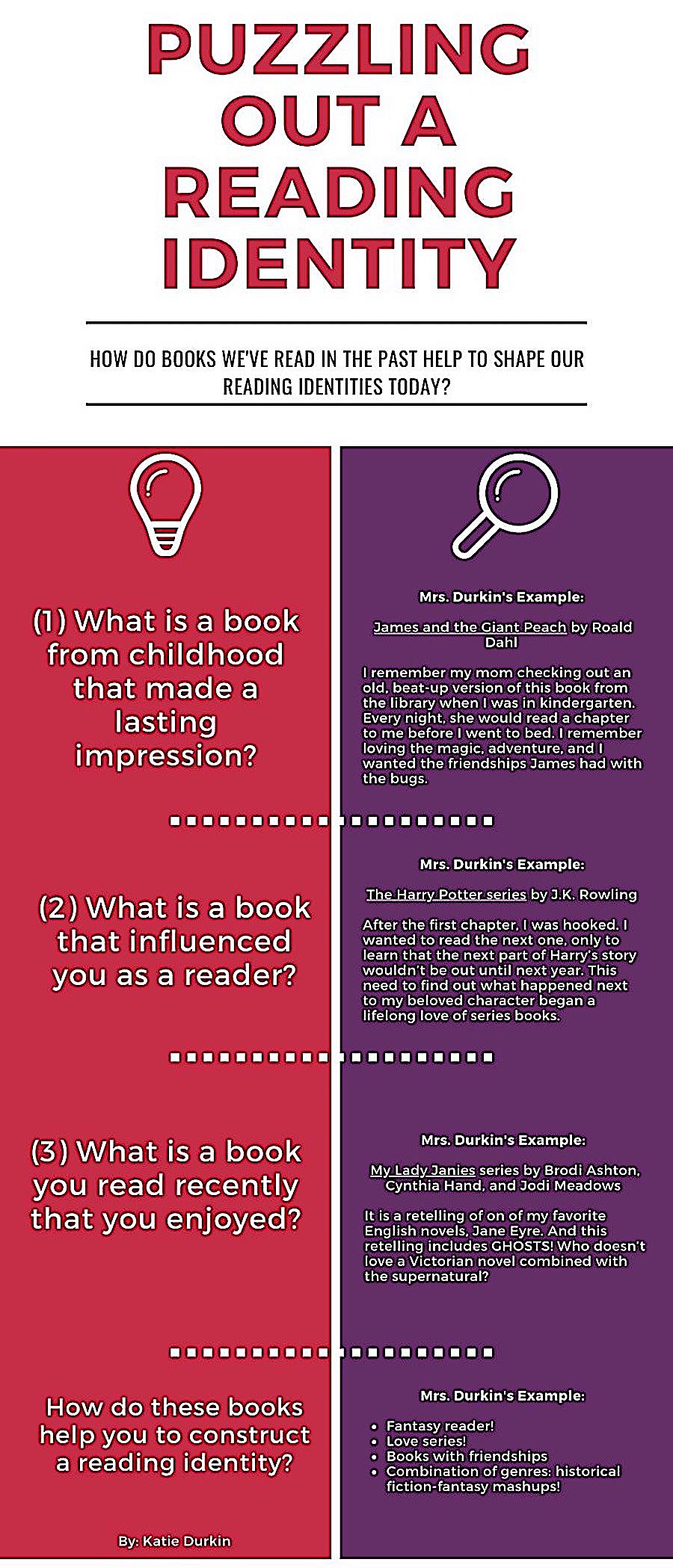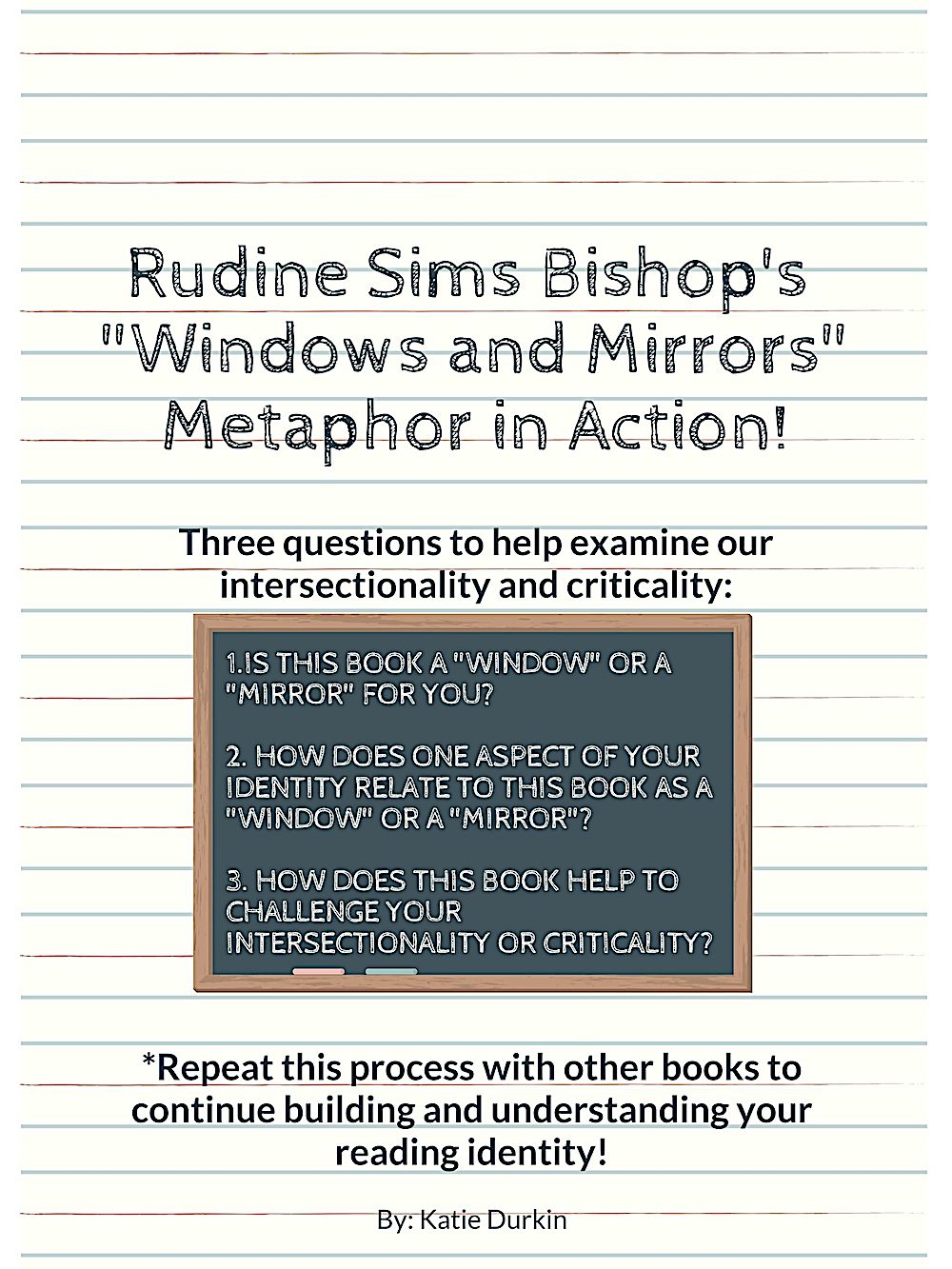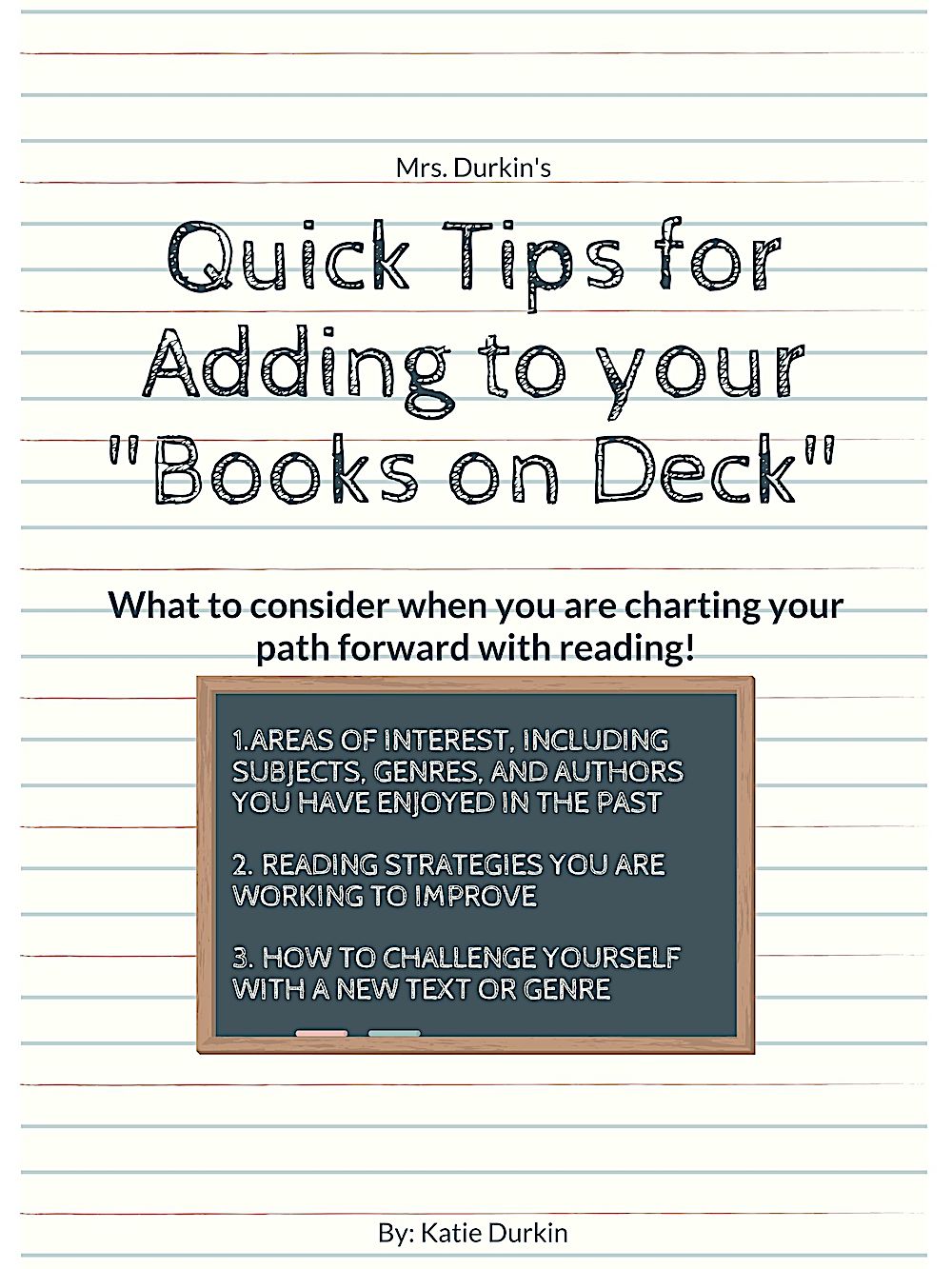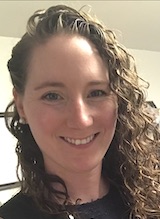Anchoring Readers in the Tides of Change
3 Strategies to Elevate Student Identity in Reading Workshop
Growing up by the ocean and living in a small, coastal town often means I find myself constructing metaphors for life using water. Living in this global pandemic has felt like a long sea voyage with no land in sight.
But while this voyage has presented all kinds of storms to weather and challenges to overcome, I’m using this time of uncertainty to anchor my students.
I will begin this fall with simple but practical strategies to assist students in naming the anchors I believe they already possess. They come to my Reading Workshop class having already taken many voyages in the oceans of reading, and these strategies will help me to learn about my students’ reading identities.
The strategies I will employ are a puzzle exercise to develop a sense of reading identity, a critical examination of Rudine Sims Bishop’s (1990) “windows and mirrors” metaphor for books, and planning forward to assist students in challenging themselves with new and diverse texts.
Strategy 1: Puzzling Out a Reading Identity
Relationships will be the foundation to create a community of readers this school year. In years past I have had students complete a short, ‘puzzle’ project as an “ice breaking” activity, so they will understand the importance of constructing reading identities. In this activity we discuss reading identities as pieces of a puzzle we must fit together to form a bigger picture, and we acknowledge that we have been creating and building these puzzle pieces for years.
Students are asked to think of three books: (1) a special book from childhood, (2) an inspirational book, and (3) a book they have read recently. Modeling this work for my students I share my own choices for these categories (see image).

For instance, students remember a teacher who read aloud A Very Hungry Caterpillar or a parent who brought home The Magic Treehouse series. In this way students are recalling, thinking, constructing and co-constructing their reading identity in community with each other. What’s more, I learn about each of my students as readers through this work.
After brainstorming and collaboration, students’ book choices and rationales are displayed proudly across the school. However, this year is different, and these new changes will allow me to use Google Slides or Flipgrid video as an alternative to our traditional work.
This will allow students and myself to view each other’s work, and because of the digital platform, students will be able to access their work over time to continue developing their reading identities throughout the year. This puzzling strategy enables learners to examine their reading past; however, current book choices are equally important to learning about students’ reading identities.
Strategy 2: Reflections and Horizons
This year students will learn firsthand the power of Bishop’s (1990) metaphor of “windows and mirrors” and work to extend and expand their own reading identities in the classroom with me as their ‘guide on the side.’ Together, we will use this shared language to encourage book choices that will challenge them as readers and impact their ability to see themselves and others in their reading.
Using the book they are currently reading, students will be asked to identify (1) whether the book is a window or mirror, (2) explain how their identity relates to the book as a window or a mirror, (3) and how the book challenges their intersectionality or criticality (see image).

Reading is the ultimate form of learning and employing empathy, and this work will help students reflect on their past reading experiences while looking toward the horizon, using the metaphor to analyze books they’ve read, are currently reading, and hope to read. Together, we will discuss how these books serve as windows and/or mirrors.
While we’re focused on sharing through digital tools, software like Padlet comes in handy when brainstorming in real time, and video tools like Flipgrid are essential in sharing out and receiving feedback. In our tool of choice students will keep track of their reading progress and share videos of themselves to talk through how they are making sense of the book they’re currently reading as a window or a mirror.
Strategy 3: Charting Our Path Forward
After puzzling out our own identities as readers and working together to find texts that are not only mirrors but windows, it is now time for students to chart their path forward. Most of my students are used to choosing books out of pre-prescribed bins. To move past this narrative, I present an idea called Books on Deck.
Students are called to identify books of choice for the future based on (1) areas of interest, including genres and authors, (2) reading strategies they’re working to improve, and (3) books that are a bit of a challenge that require support through regular check-ins or conferences. This will start the first week of school and grow throughout the year, adding to each student’s reading chronicle.

Casting the Anchor
The strategies of puzzling out an identity, reflecting and planning for the horizon, and charting a path forward can be used across in-person and remote learning classrooms. These strategies provide students with an anchor to meet the changing tides of the new school year with something that is familiar. As the teacher I am learning about my students as readers, and students begin to, and continue to, build confidence as readers.
I don’t know what this year will look like; I’m sure changes, both big and small, will be a constant as we get used to this ‘new normal.’ So as I embark on a voyage into new and uncharted ‘hybrid-remote’ territory, I want my student crew to feel safe and secure in the adventure we are about to embark on together while feeling empowered to chart their own reading voyage in the future.
References
Bishop, R. S. (1990). Mirrors, windows, and sliding glass doors. Perspectives, 6(3), ix-xi. Retrieved from https://scenicregional.org/wp-content/uploads/2017/08/Mirrors-Windows-and-Sliding-Glass-Doors.pdf
Katie Durkin (@kmerz610) has been teaching English Language Arts to middle school students for a decade and currently teaches 7th grade Reading Workshop at public Middlebrook School in Wilton, Connecticut.
She is a zealous reader of middle grades and young adult books and enjoys sharing her love and passion for reading with her students. Katie is a doctoral student at Northeastern University studying the impact of classroom libraries on middle school students’ reading engagement. She is the 2020 recipient of the Edwyna Wheadon Postgraduate Training Scholarship from the National Council of Teachers of English.































